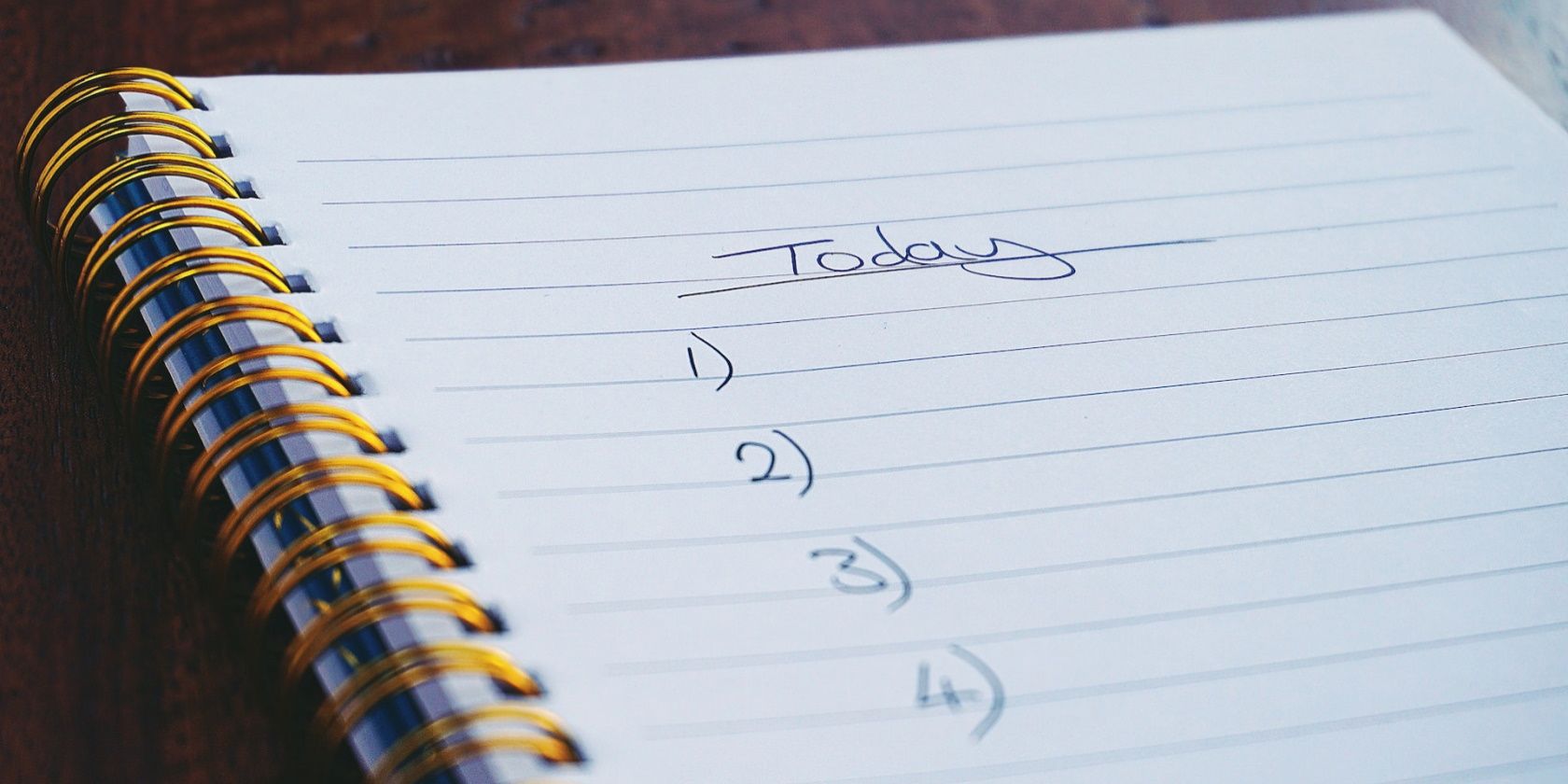Building a to-do list is an effective productivity hack that helps you channel your attention to the things that matter. However, you can consider complementing this with a not-to-do list to improve your productivity.
Your not-to-do list should consist of low-value tasks and habits you rarely consciously think about that waste your time and energy. Creating this list and avoiding these habits will make room for more fulfilling tasks. Although your not-to-do list is ultimately up to you, this article will cover some common examples to get you started.
1. Checking Your Emails All Day
If you dislike leaving unread or answered messages, you probably have a habit of checking your emails constantly throughout your workday. Spending so much time in your inbox might seem like a productive habit, but it’s not, unless that’s what your job requires.
One main issue with this habit is that it puts you in a reactive mode, as you let your inbox determine your tasks for the day instead of prioritizing your own tasks. This takes away the time and focus you should invest in more meaningful pursuits.
That said, you should consider being more proactive with your time and inbox by batching your email activity. Task batching involves grouping similar tasks and working on them in one go, for example, checking and responding to your emails at specific times of the day, leaving the rest of the time for productive tasks.
2. Multitasking
Another habit that masks itself as a productivity hack is multitasking. Although it may seem counterintuitive, multitasking, or, more accurately, context switching, can be time-consuming and ineffective. That’s because attempting multiple things at once forces your brain to constantly switch between tasks, which can be exhausting and lead to decreased efficiency and accuracy.
Single-tasking, on the other hand, allows you to focus on one task and devote all of your energy to completing it. This minimizes distractions, improves concentration, and helps you complete individual tasks quicker and with a better outcome.
3. Saying Yes to Unnecessary Meetings
The next habit to add to your not-to-do list is saying yes to unnecessary meetings. Accepting every meeting that comes your way will quickly fill up your schedule, leaving you little time to get things done.
First, try to question the purpose of each meeting and find out if it is indispensable. Some meetings can be replaced with quick calls, emails, or chat messages. If the meeting is necessary, ensure it has a clear agenda and timeline, and try to keep it as brief as possible. Being selective with the meetings you accept will help free up time in your day and allow you to focus on more meaningful tasks.
4. Mindlessly Browsing Social Media
Social media is a great tool for connecting with your peers and staying informed, but it can also take a toll on your productivity when you constantly find yourself in endless rabbit holes of newsfeeds. This is a tough habit to break, considering you might not always realize you’re doing it until a few hours have passed.
To overcome your mindless scrolling habit, you need to recognize and remove what triggers it. Some of the common culprits are notifications and the feeling of missing out. Once you identify and remove the triggers, you can leverage tools that can help minimize you minimize your time on social media apps like Screen Time to cut down your iPhone usage or Focus mode on Android.
5. Wasting Time on Mundane/Repetitive Tasks
Mundane tasks take up valuable time and resources you could use for other, more important tasks, and they are the next entry on our not-to-do list. These tasks can easily slip under the radar, but they add up quickly and can be a big waste of time. Some examples of mundane tasks include data entry, transcribing video meetings, and manually scheduling social media posts, to name a few.
There are several ways to reduce the amount of time you spend on mundane tasks, including delegating tasks to someone else, outsourcing to a third-party service, or using automation tools to tackle repetitive tasks. One or more of these strategies can help you save time and free up your energy for more impactful tasks.
6. Using Your Phone in Bed
While it might not sound too bad, using your phone in bed is a smartphone habit that can hinder your productivity. Using your smartphone first thing in the morning or last thing at night can have several adverse effects.
For instance, the blue light emitted by your phone can disrupt the production of melatonin, a hormone that helps regulate sleep cycles. Additionally, checking the news or social media first thing in the morning can set a negative tone for the rest of your day.
With this in mind, creating a phone-free zone in your bedroom is essential. This will help improve your sleep quality and allow you to start your day more productively. You can resort to other activities like reading a physical book, writing in a journal before bed, and using an old-fashioned alarm clock to wake you up.
7. Failing to Prioritize Your Tasks
It’s all well and good to have a plan for your day by listing your tasks on your to-do list, but if you don’t prioritize them, chances are you won’t get to the most important ones on time. Ideally, you should aim to spend your most productive hours on your most challenging and important tasks. This approach ensures you get the most out of your day and don’t miss any important deadlines.
One of the best ways to prepare your to-do lists is using the Eisenhower matrix. This simple framework helps you determine which tasks to prioritize based on their urgency and importance. Once you’ve identified your top priorities, you can focus on tackling them first, and the rest of your tasks can follow.
Automate Low-Value Tasks and Eliminate Unproductive Habits to Boost Productivity
Developing a personalized not-to-do list is an effective strategy that can help you focus on your most essential tasks and supercharge your productivity.
By delegating, outsourcing, or automating low-value tasks and ditching unproductive habits, you can create more room for the things that matter most to you and make the most of your day. You can use this list as inspiration to create your not-to-do list and start removing time-wasters from your daily routine.




